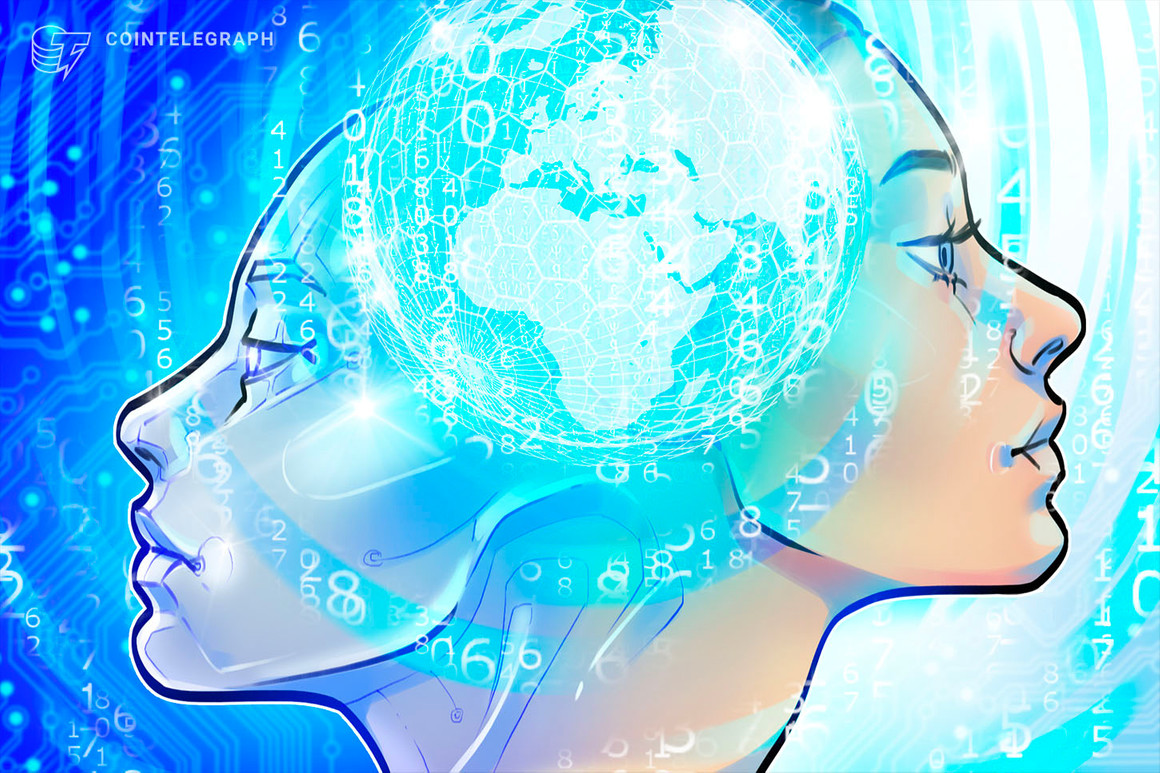Artificial intelligence (AI) has seen tremendous growth in recent years, exploding into popular culture and industry and leading to comparisons with t
Artificial intelligence (AI) has seen tremendous growth in recent years, exploding into popular culture and industry and leading to comparisons with the now infamous dot-com bubble and crash of the 1990s.
During the late 1990s up until the early 2000s, internet-based companies were the subject of massive hype and investment, with the sector peaking at a value of $2.95 trillion before slumping to $1.195 trillion as capital dried up and investors left in droves, causing many companies in the industry to go bust.
According to data from analytics platform Statista, the AI market has seen steady growth since 2021, with the current market size estimated to be around $200 billion and forecasted to reach $1.8 trillion by 2030.

Speaking to Cointelegraph, Henry Nothhaft Jr., who has worked in the AI industry since 2009 in various roles and founded the early AI software company Trapit, said the rapid expansion of AI and the dot-com bubble share some key attributes.
Nothhaft pointed to the scale of impact on the economy and society in both cases. AI, in particular, has been a polarizing topic, prompting tech leaders like Elon Musk to warn of impending doom while also investing in the sector.
Related: AI-related crypto returns rose up to 41% after ChatGPT launched: Study
“Both represent transformative technological innovation that redefine industries and change societal behaviors,” he said.
“As with the dot-com bubble, with AI, we’re experiencing a hype cycle characterized by rapid innovation, a frothy investment environment, a lot of new entrants and, I think, inflated expectations,” Nothhaft added.
AI still in its infancy
Although Nothhaft thinks it’s still early to make a call on just how inflated expectations are for AI, he does believe that most of the AI companies created during this hype period will fail and a small number of winners will shape the future of the industry.
OpenAI’s chatbot ChatGPT launched in November 2022 and quickly became one of the fastest-growing web platforms in history, eclipsing 1 million daily users in just five days and reaching the 100 million monthly users mark by January 2023.
However, it has seen a dropoff in traffic recently, and rivals such as Google’s Bard, Microsoft’s Bing and Character.ai have so far failed to reach the same levels of success.

According to Nothhaft, AI won’t experience a crash on the same scale as the dot-com bubble though. Unlike the early years of the internet, which he thinks were more a period of exploration and novelty than utility, AI has already seen applications across various sectors, including media, healthcare, finance, transportation and education.
“While AI is just in the infancy of its capabilities, these applications of AI are not future projections — they’re here and now. AI is delivering tangible value today,” Nothhaft said.
“Soon, it will be challenging to distinguish between the AI industry and the broader software industry, as AI will become a ubiquitous part of the digital landscape,” he added.
AI and crypto
AI’s rise has drawn parallels with crypto as well, which has had its own meteoric rise over the last decade, surpassing a total market cap of $3 trillion at its peak in November 2021 before losing more than half its value in 2022.

Initial coin offerings (ICO) gained enormous popularity as a fundraising technique for blockchain initiatives between 2016 and 2017. One key benefit was that entrepreneurs could receive funds directly from the crypto community.
Nonfungible tokens (NFT) also experienced a massive boom period, but Nothhaft said NFTs and ICOs couldn’t be more different from AI.
Related: Crypto is ‘just like the end of the 90s with the internet bubble,’ says Hodl CEO Maurice Mureau
According to Nothhaft, NFTs and ICOs represent niche applications of blockchain tech, while AI represents substantial technological innovation with wide-ranging, tangible applications.
“Unlike the crypto space, where the hype has often exceeded reality, the promise of AI is grounded in substantial technological advancements and nearly limitless applications,” he said.
“The growth of AI may seem rapid, but it’s not a bubble in the way that we’ve seen with certain crypto phenomena.”
Sam Huber, CEO of metaverse platform LandVault, shared another perspective with Cointelegraph. He believes that NFTs and ICOs do share some similarities to the AI market, particularly in terms of initial hype, rapid growth and subsequent potential for market corrections — but differ in the factors driving growth.
Related: SVB collapse chilled NFT trading volumes: DappRadar
According to Huber, AI’s…
cointelegraph.com
